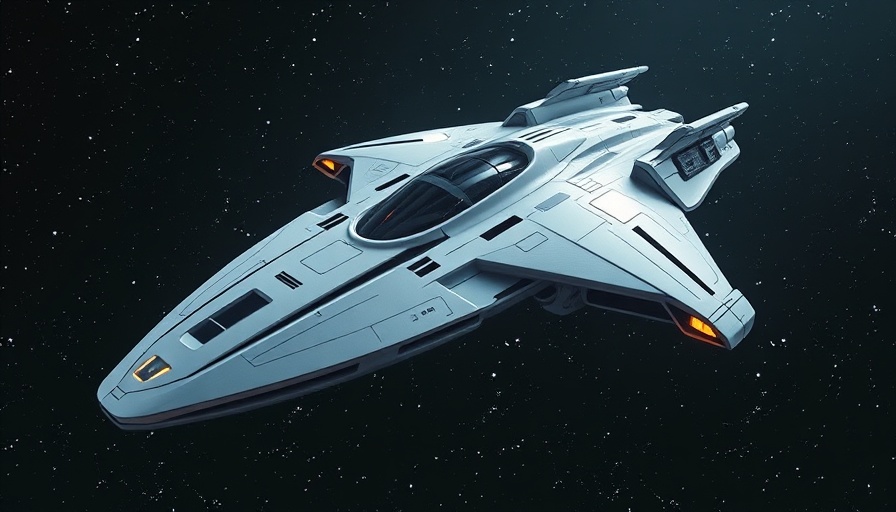
The Evolution of Robotics: A Glimpse into the Future
Robotics has long captured the human imagination, from the whimsical robots in our favorite cartoons to their practical applications in factories and research labs. As technology progresses, the integration of artificial intelligence (AI) and robotics promises a transformative leap, anticipating a future where robots might perform complex tasks akin to those of human toddlers. Carolina Parada, a leading figure in robotics research at Google DeepMind, provides insights into this evolving landscape, illustrating how recent advancements are setting the stage for a revolution in robotics.
In 'Redefining Robotics with Carolina Parada', the discussion dives into the intersection of AI and robotics, exploring key insights that sparked deeper analysis on our end.
From Reinforcement Learning to Intelligent Robots
Traditionally, robotics has relied heavily on programmed behaviors and reinforcement learning, where robots learn tasks through trial and error. In a recent podcast, Parada shares how the integration of large language models (LLMs) and vision-language models (VLMs) is paving the way for robots to understand and interact with their environment in a more nuanced and intelligent manner. For example, these robots are not only capable of stacking blocks through reinforcement learning but can engage in real-world tasks like packing a lunch and understanding verbal commands, a significant leap towards human-like interaction.
The Advent of Gemini Robotics
One of the most groundbreaking developments in the field is the introduction of Gemini Robotics. This sophisticated model enhances the interaction between AI and physical robots, allowing them to not only perceive but also act upon their environment based on complex reasoning. Parada notes that this multimodal understanding allows robots to respond to new scenarios in ways that were previously considered impossible. A fascinating demonstration showcased a humanoid robot's ability to perform tasks like slam dunks and origami folding, tasks that require a blend of dexterity and conceptual understanding.
Challenges and Future Directions
Despite these advancements, significant challenges remain. Parada points out the importance of embodied reasoning, where robots must understand their physical interactions in a dynamic environment. Robots still struggle with certain tasks that humans execute effortlessly, such as recognizing safe distances or handling delicate objects. As stated by Parada, robots are likened to two-year-olds—impressive yet still in the early stages of development. The goal is to create robots that continuously learn and adapt, improving their functionality through real-world experiences rather than just simulated environments.
Safety and Ethics in Robotics
As robotics technology advances, the ethical implications also grow more complex. Ensuring that robots behave safely and responsibly is critical, particularly in settings where they will interact with humans. The development of the ASIMOV dataset aims to address some of these safety concerns, using real-world injury data to inform robot behavior. This proactive approach aims to embed ethical reasoning into robotics, ensuring that as robots learn and evolve, they maintain a priority on human safety.
In summary, the landscape of robotics, championed by advances like Gemini, is headed towards a future shaped by intelligent, responsive machines. As technology continues to break barriers, the coming years promise to redefine our interaction with machines, potentially realizing the dream of having multifaceted robotic companions assisting us in everyday tasks. For the curious and tech-savvy, the total integration of robotics into our daily lives is not just a distant dream—it's on the precipice of reality.
 Add Row
Add Row  Add
Add 




Write A Comment